Nepal from West to East
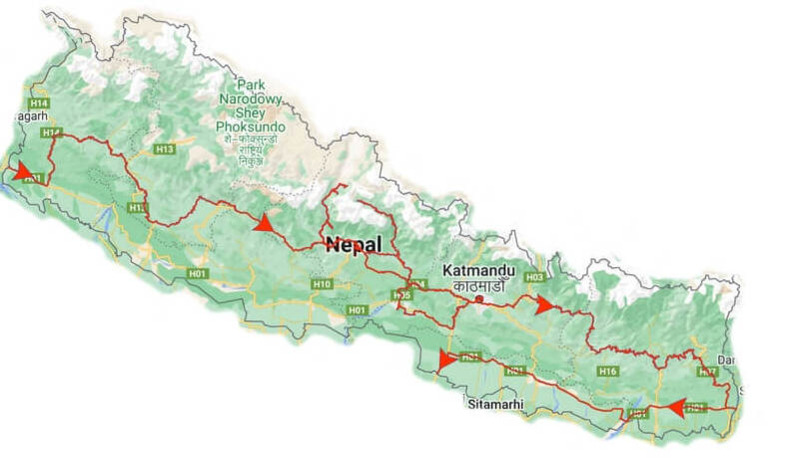
After 6 weeks in India, during which we visited the iconic places of Rajasthan, we moved to Nepal. We crossed the border in the west (via Banbasa-Kanchanpur crossing) and then headed north to the lesser-known, mountainous Mid Hill Highway.”

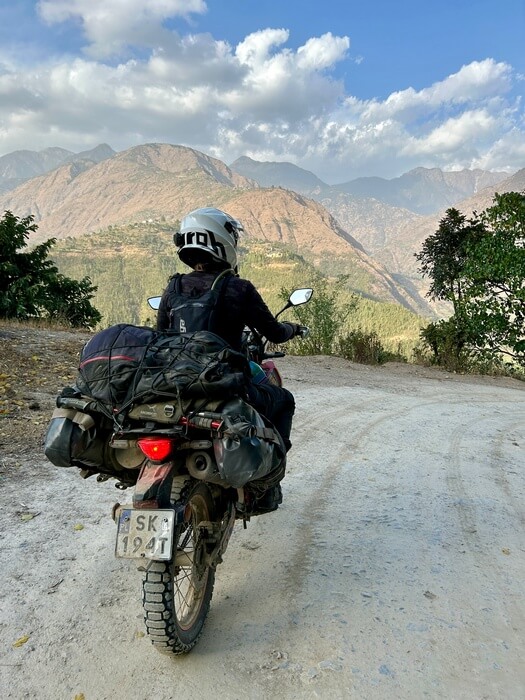
Highway does not mean a motorway in this case, but a single-lane road connecting villages in the lower parts of the Himalayas from west to east.
The road is intended to facilitate communication between neighboring villages in the lower mountain range. It has been under construction for many years – some sections are completed and paved, others are good dirt roads. There are often sections covered with gravel or sand, and heavy equipment work goes on without stopping the traffic. The Mid Hill Highway, despite often being cut into the mountain slopes and very winding, has no safety barriers or warning boards along its entire length. The road is almost exclusively used by local people, and long-distance transport takes place on the H1 highway, located down in the plains.
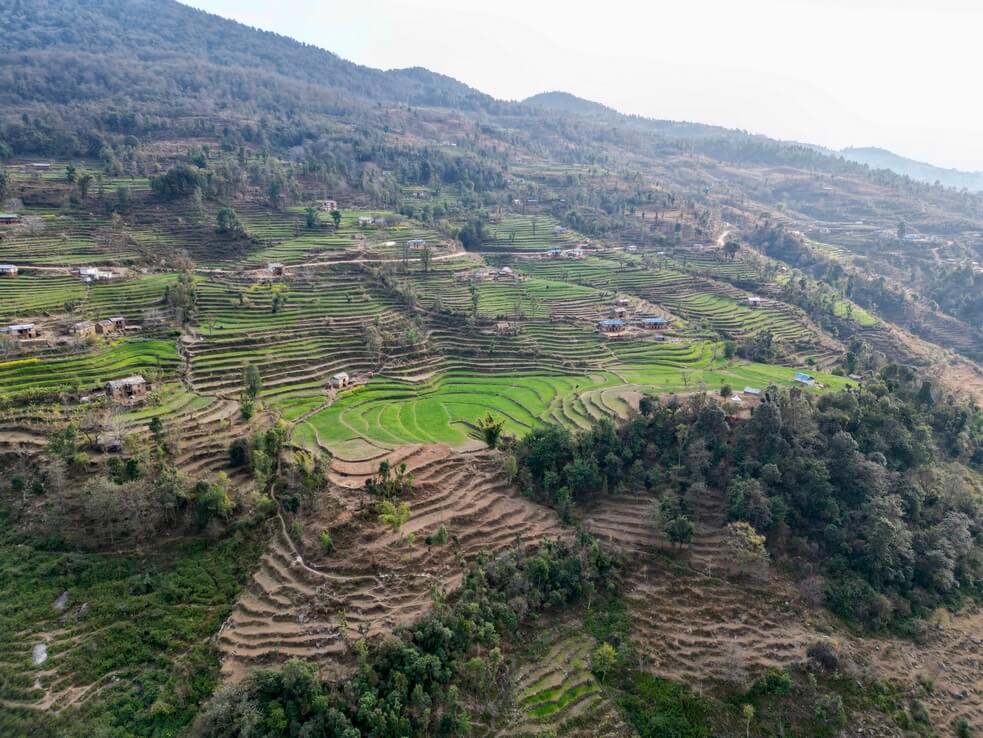
The Mid Hill Highway gave us access to observe the authentic life of the people of Nepal. To Westerners, Nepal is associated with trekking in the Himalayas, Durbar Square in Kathmandu, and rhinos in Chitwan National Park. Meanwhile, Nepal away from tourist attractions is endless rice fields manually cultivated on terraces. It is goats and buffalos grazing on steep slopes and very simple living in harmony with the rhythm of nature.
Mustang and the Annapurna Circuit
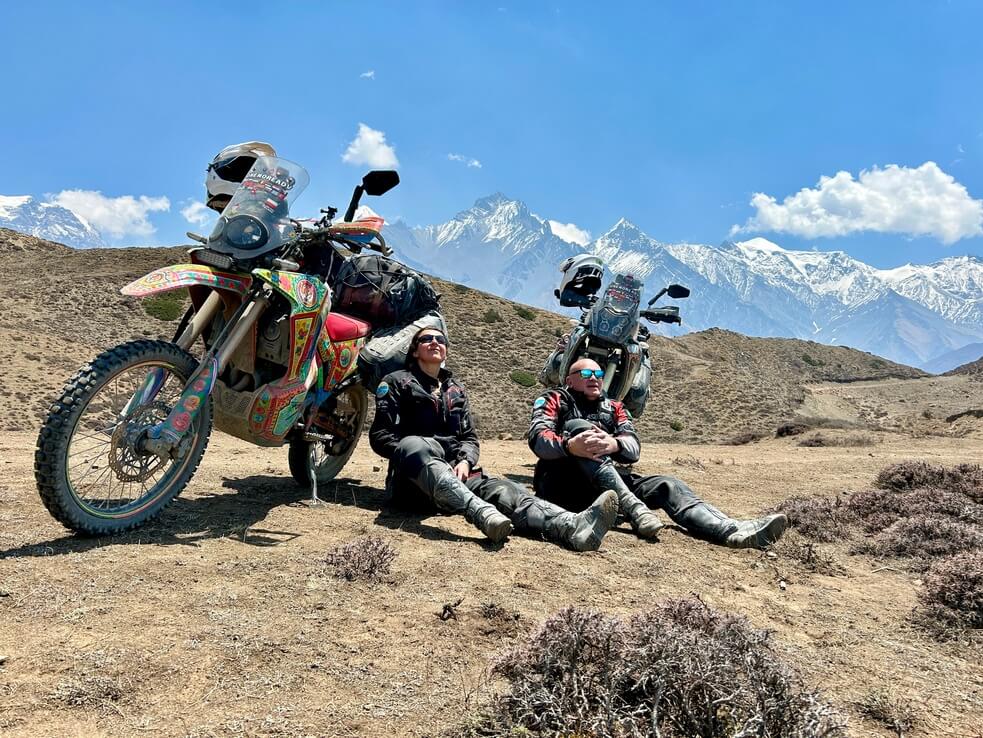
After a few days on the picturesque serpentine roads, we reached Pokhara. Here, we took a short rest and obtained permits to enter Mustang. This is where the idea to ride motorcycles around the Annapurna Circuit as far as possible came to life.
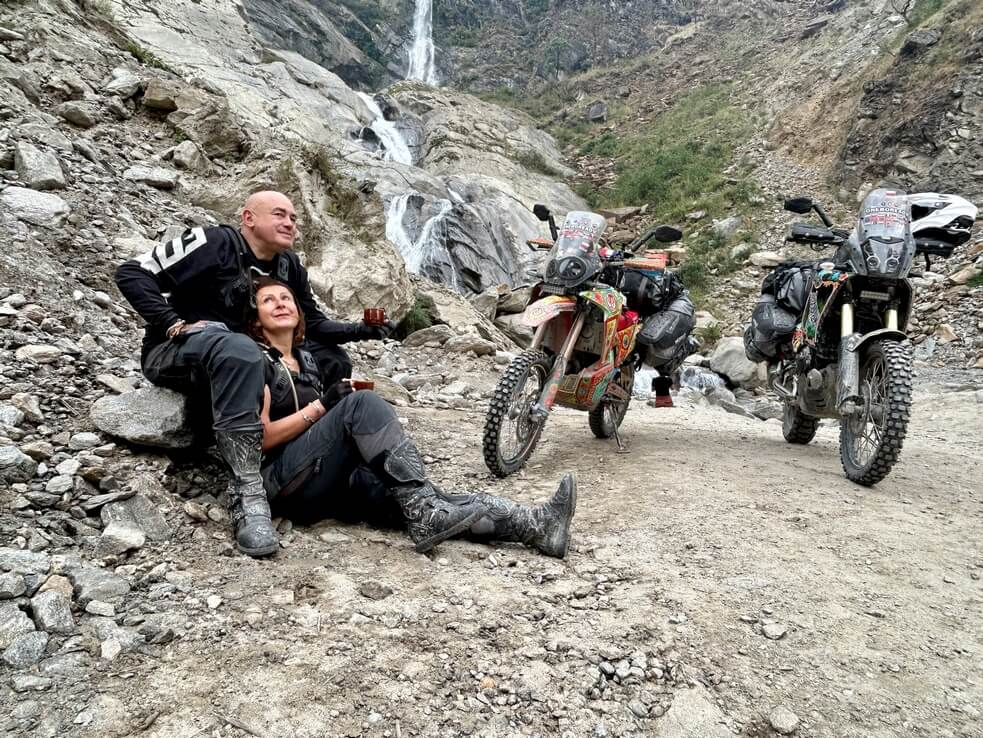
The journey to Muktinath (3800m above sea level) – a town where the road ends, led through an epic landscape with rock ledges along the Kali Gandaki River. We passed waterfalls, dozens of hanging bridges, and traditional villages whose inhabitants rely solely on tourism, as the road intersects with the famous Annapurna Circuit trekking routes. Muktinath itself is surrounded by white peaks – from here you can see Dhaulagiri (8167m) and Nilgiri (7060m) well. This is Mustang with its rich, unique culture. We stayed for a few days to participate in the traditional festivals of the local community.”
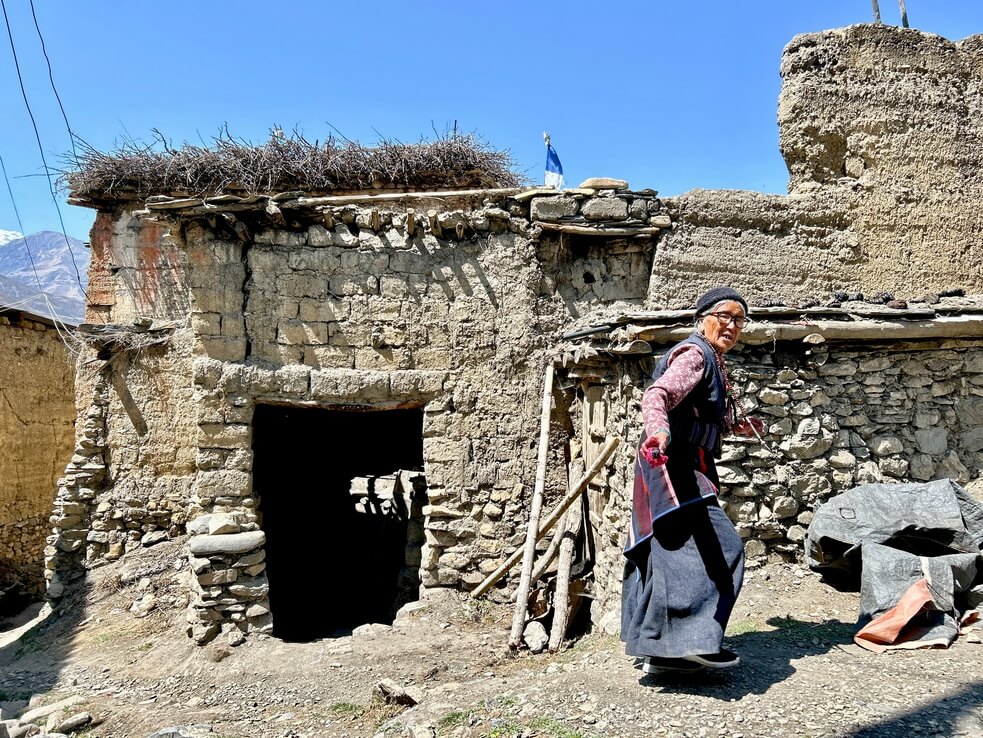
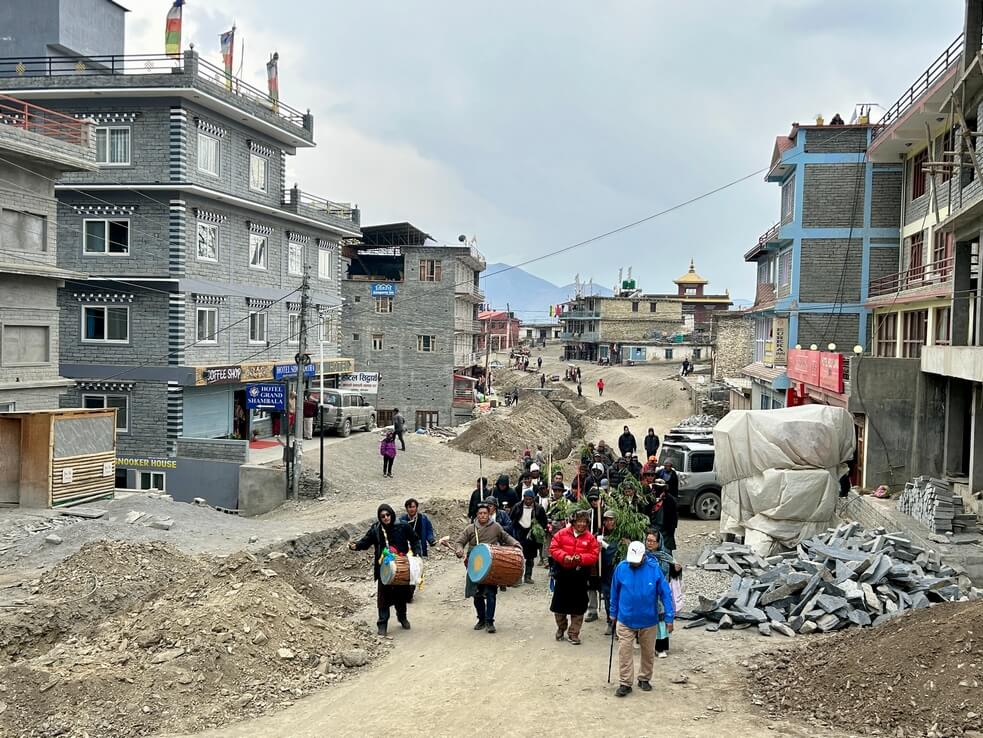
From Muktinath to Khangsar is only 13.5 km, but along the way there is the Thorong Pass, which can only be crossed on foot, so we had to return to the main road and head back into the mountains at Besisahar town. Here awaited the most challenging section of the route. Our heavily loaded motorcycles had to conquer long, steep climbs, damaged and potholed mountain tracks, rocky and sandy sections. At the end of this road awaited a fantastic scenic trek to Tilicho Lake (4991m).
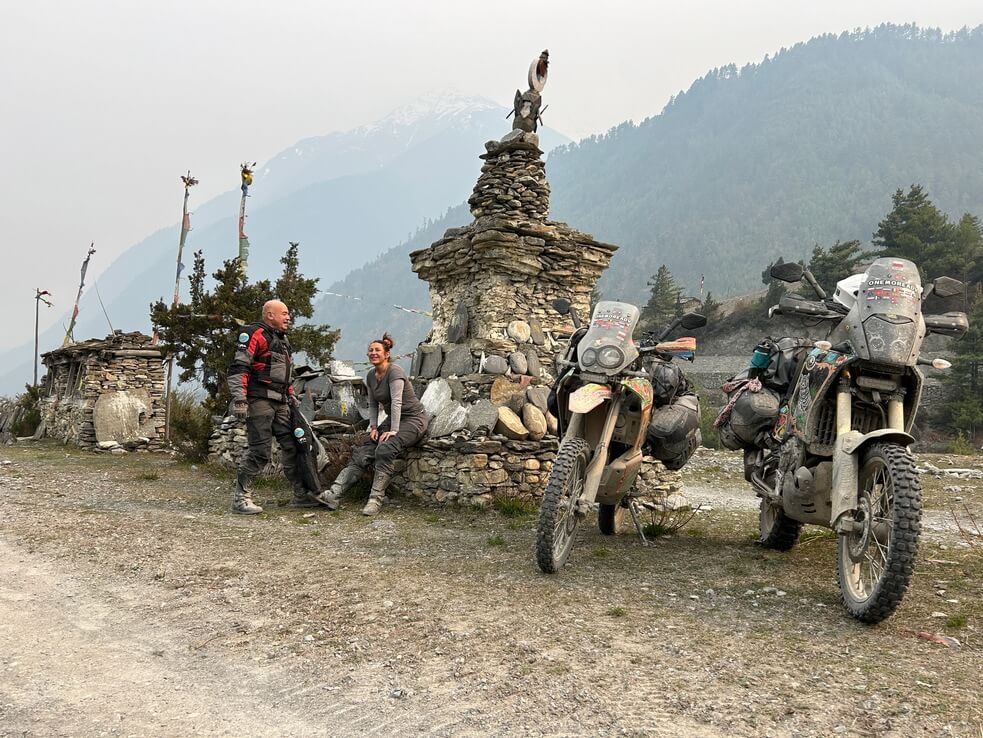
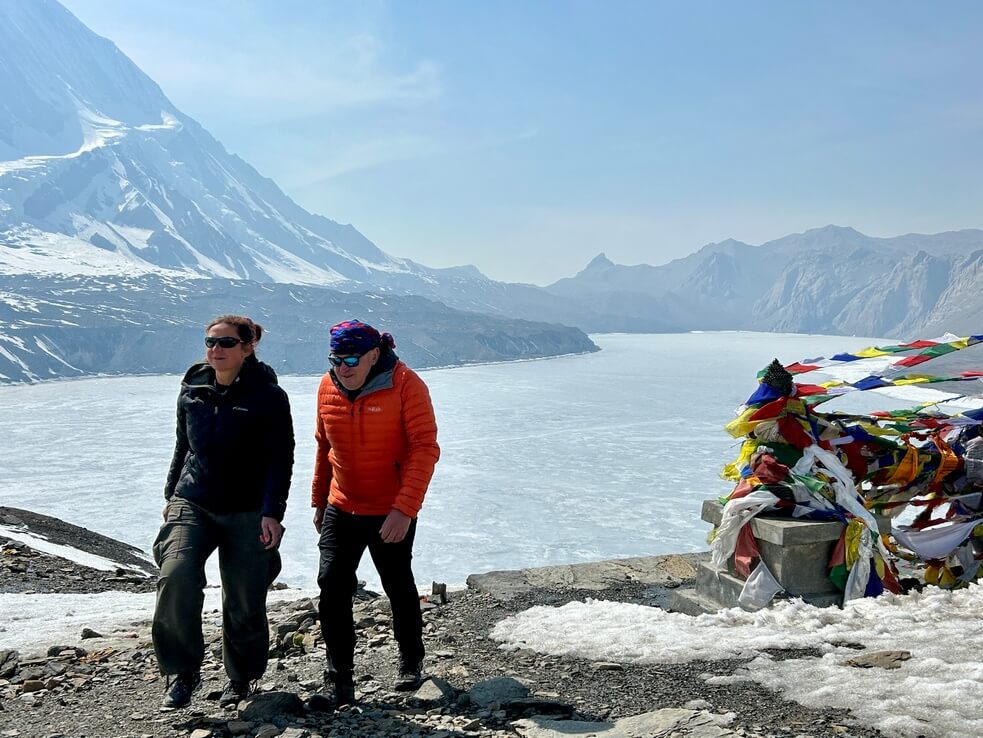
Unknown Eastern Nepal
Traveling through the eastern part of Nepal kept us away from tourist traffic. There were no attractions apart from the views of the eight-thousanders – which, unfortunately, we did not see. With the onset of the monsoon season, unbearable heat prevailed in the lower parts of the mountains, and in the higher parts, thick fog, drizzles, and rain appeared. We faced entirely new challenges.
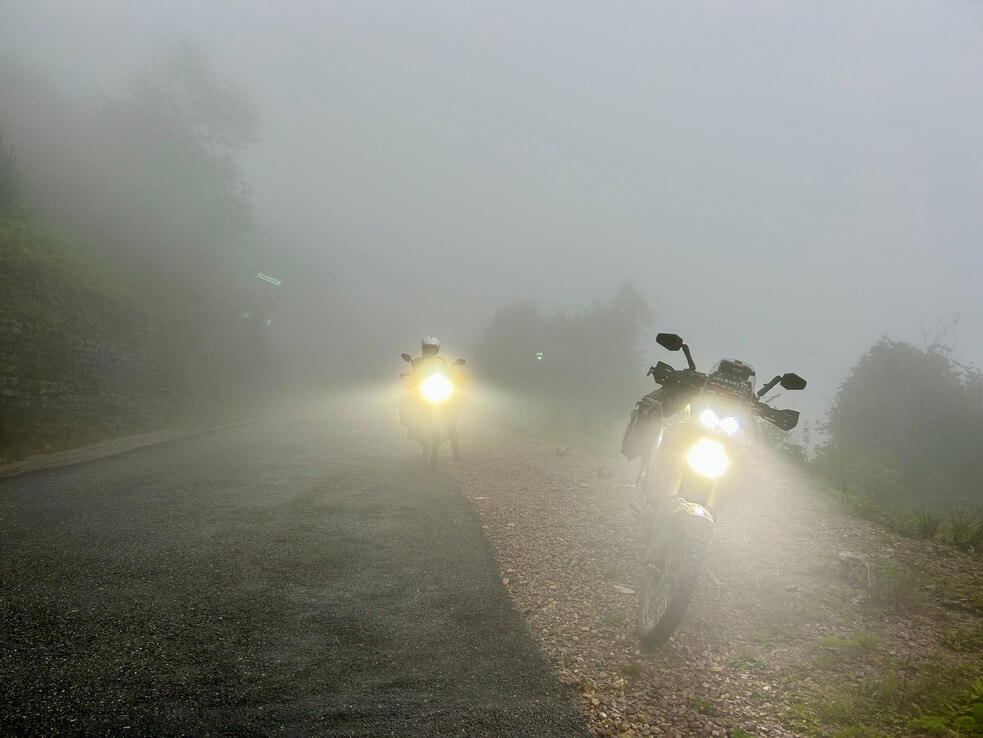
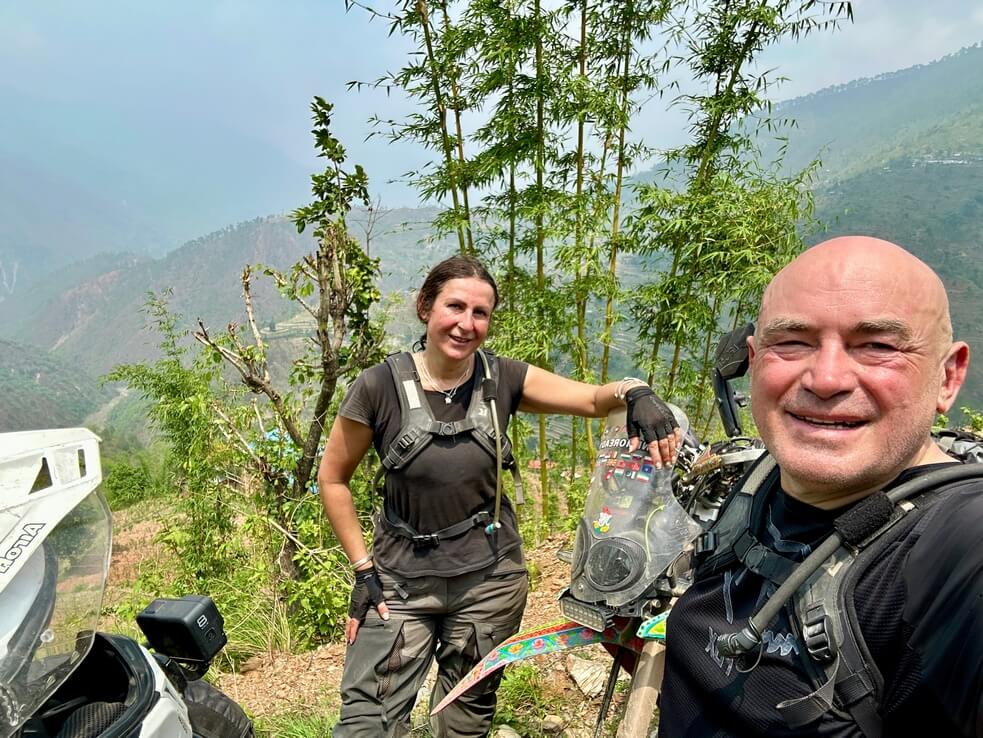
In the eastern section of the Mid Hill Hwy, we discovered small, well-organized communities that lived by their own rules. We were welcomed here with great kindness and appreciation for our journey.
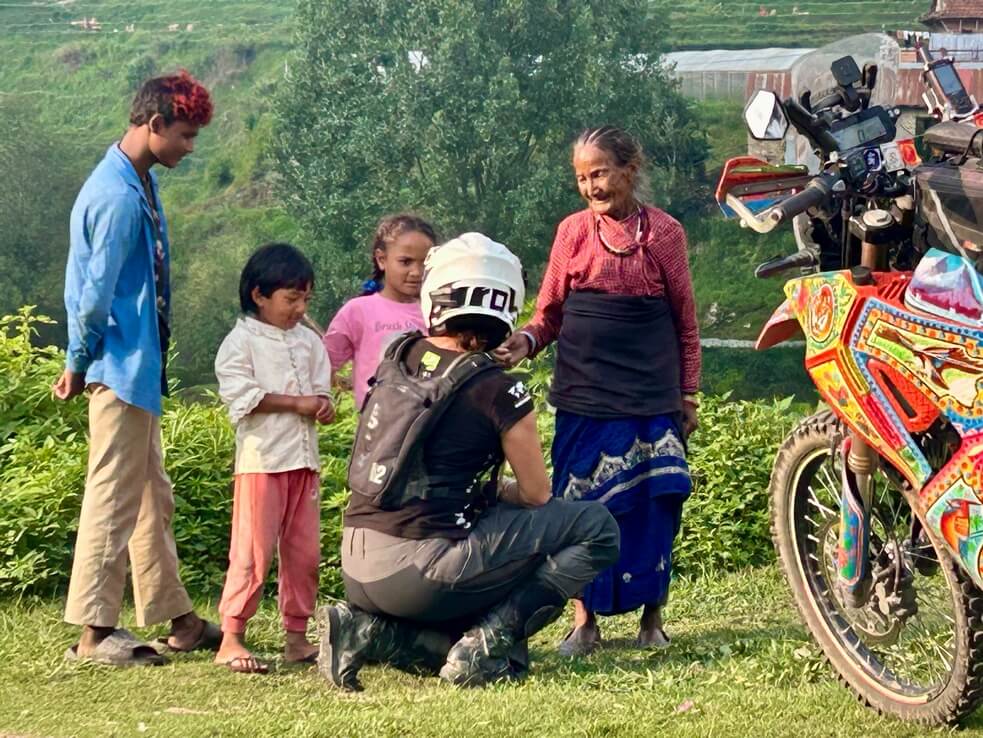
We ended our Nepalese adventures at the Kakarvita – Siliguri border – however, after the pandemic, it was opened only for locals: citizens of India, Nepal and Myanmar. So we had to return 500 km west to leave Nepal via the Raxaul border. Today we are back in India, but we have modified further plans.
Due to weather anomalies and a significant increase in temperature this summer, we cannot continue driving south. There is a huge risk of overheating. We experienced breath shortage and losing balance while riding. We will return to Poland for a few weeks, and you will be able to meet us on the side roads in the Bieszczady Mountains, Lower Silesia, or on the Polish TET.

